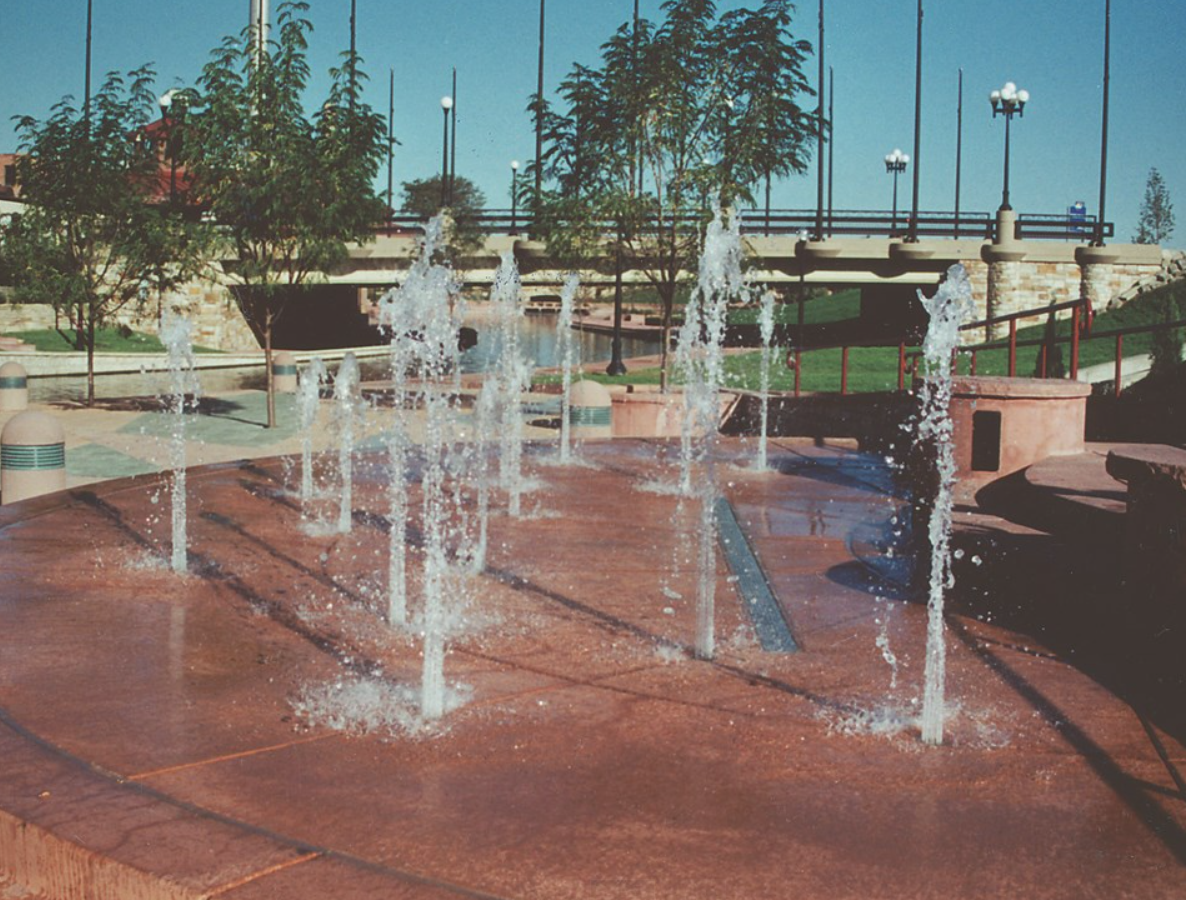
2022-06-25T10:16:58
Just as with species in the animal kingdom, architectural construction styles and techniques evolve over time, adapting to changes in the environment. In the case of fountains, these evolutionary transitions have been both complex and indicative of broader trends. Ancient wellsprings, for example, eventually gave way to decorative fountains with intricately carved stone sculptures. More recently, monolithic block, walled and stepped fountain forms have held sway. It's not much of a stretch to say that the latest significant "mutation" in this remarkable lineage is the dry-deck fountain: At a time when open space is at a premium and the public is being invited as never before to interact and participate in the architectural landscape, dry-deck fountains may well be the ultimate utilitarian medium and expression of the fountain designer's art. These water shapes allow for efficient use of space (a dry-deck fountain by day, for example, can be a multi-use space by night), minimize tripping hazards and open blic sight lines-and thereby put surrounding landscape forms and features on display. And the technology and mechanisms that make them work are hidden, which takes what might be an eyesore and turns it into a vandal- and theft-resistant aesthetic plus. Of all water shapes now being installed in public settings, dry-deck fountains are among of the most popular - and for good reason. Their simplicity of appearance, dynamic interactive quality, compelling accessibility and basic safety have all increased the demand for these displays, he says, noting that they've quickly gone from novelty status to become a dominant strain in the evolution of contemporary water features.

Have a question? Ask here!
Required fields are marked *